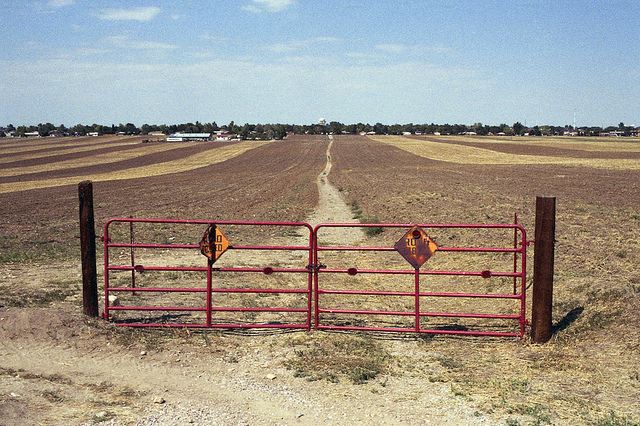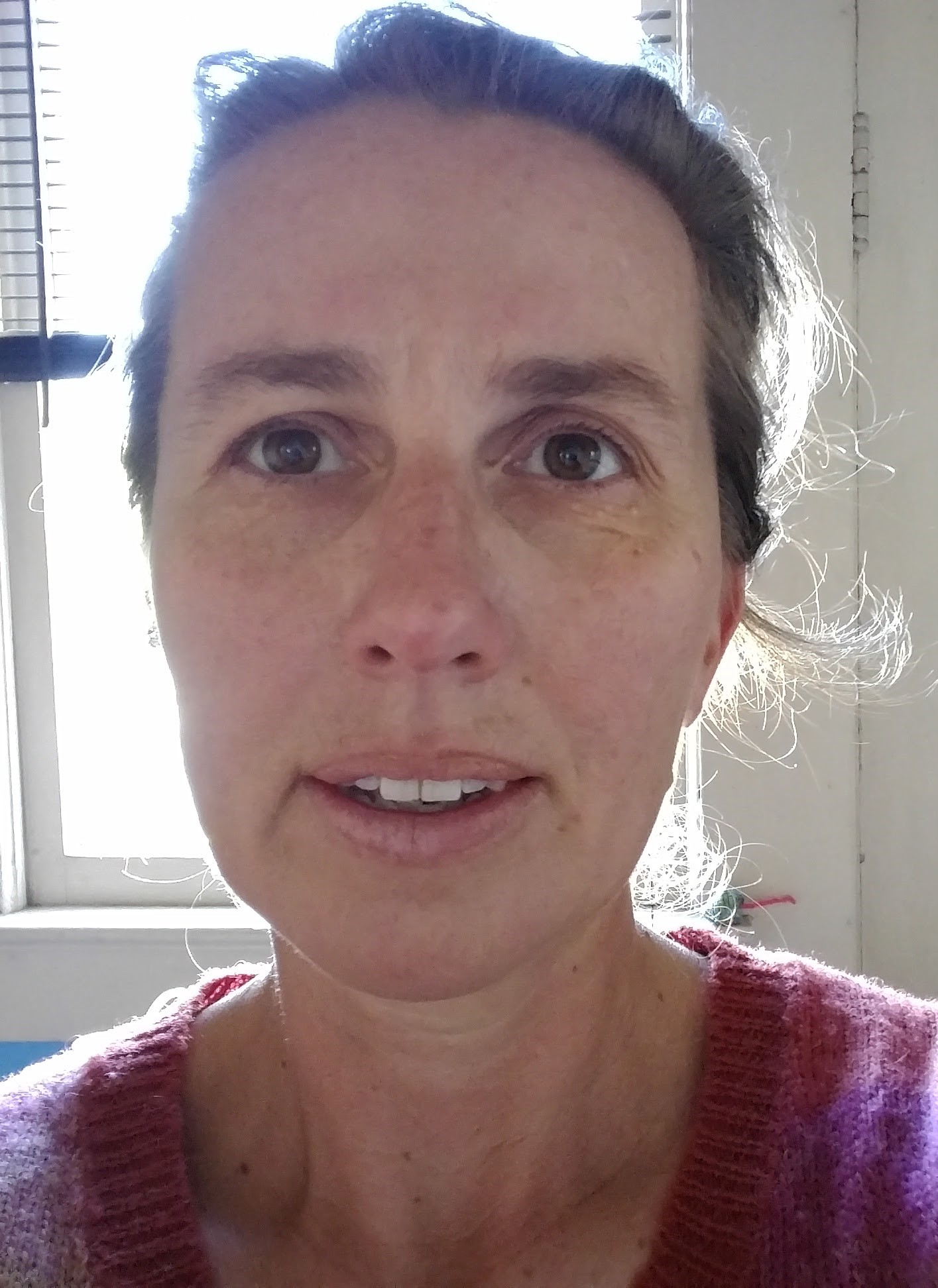By Ana Ruiz

Dry agricultural land during Colorado’s 2012 drought. Photo by dalioPhoto, CC Flickr
Back in 2004, shortly after the state’s worst drought on record, the Colorado Water Conservation Board (CWCB) moved forward with the first in-depth technical study of Colorado’s water supply needs and gaps. The result was the first Statewide Water Supply Initiative (SWSI), which looked not only at water requirements but also identified projects and methods to meet potential shortages.
In 2010 came the next iteration of SWSI which, in addition to updating population and water supply and demand data, incorporated a comprehensive summary of consumptive and non-consumptive water supply requirements as identified by each of the state’s basin roundtables.
Eight years later, CWCB is working hard on the next SWSI update, slated to be finished by June 2019. However, much of the data, technical memos and online tools that will comprise the SWSI update should be available by December 2018, according to Greg Johnson, section chief of CWCB’s Water Supply Planning Section.
“The current effort to update the Statewide Water Supply Initiative will provide a wealth of detailed technical information on Colorado’s projected water supplies, demands, and related gaps, along with a suite of tools to help inform water planning,” Johnson says. “In addition to complementing the Colorado Water Plan and the Basin Implementation Plans (BIPs), this SWSI update will also include a number of new approaches and additions, such as quantifying a scenario planning approach, providing a more detailed and scientifically rigorous hydrologic modeling approach, and addressing agricultural, environmental, and recreational gaps.”
One of the main objectives of the current SWSI update is to serve as a robust technical tool that basin roundtables, water managers, and the public can use for planning and education. Specifically, results from the SWSI update will provide a detailed picture of agricultural, environmental and recreational gaps, one that is based on hydrologic modeling, climate change scenarios, and population growth projections. In turn, the data will help guide basin roundtables as they develop their BIPs, which will serve as the basis to the next update to Colorado’s Water Plan. “As such, we also plan to have a draft of the BIP update guidance out by the end of the year to detail how SWSI data and tools will integrate with BIPs and how the BIP updates will provide more thorough and consistent information on projects, needs, etc.,” Johnson says.
In addition, CWCB and technical experts are putting a great deal of effort to refine the methodology on which analyses and predictions are based. As a scenario planning tool, for example, the new methodology in the SWSI update utilizes a more rigorous hydrologic modeling approach that incorporates various key drivers, like water supplies, existing infrastructure, river operations, water rights, and the effects of climate change.
Seven key methodologies will be updated in this latest version of SWSI (Agriculture, Municipal, Planning Scenario, Environmental & Recreational, Finance, Water Supply, and Population Growth), which are summarized in the table below. You can access factsheets on each of the methodologies, published by the CWCB in January 2018, and learn more about each one by clicking on hyperlinks in the table below. Future updates to methodologies and SWSI will be posted here.
| Previous Methodology | Updated Methodology | Why this Change? | |
| Agricultural Diversion Demands | Combination of water demand estimates at field level and estimates + aggregation at basin level | In addition to water demand, river diversions or pumping and water delivery inefficiencies will also be considered. | · Allows integration of planning model scenarios from Colorado’s Water Plan
· Consistent with municipal and industrial demands estimates |
| Municipal and Self-Supplied Industrial Demand | Municipal demand projections based on population growth estimates | Inputs collected from HB10-1051 data reporting (which include water use and conservation at municipal level), Water Efficiency Plans, and from BIPs | – Data outcomes will include reported data instead of estimated demand only |
| Scenario Planning | This methodology is a new addition to the SWSI Update | Scenario planning approach that provides flexibility to various future conditions. | – Key drivers and uncertainties within a certain planning period are identified, which allows to act on actions common to all futures
|
| Environmental and Recreational Methodology | “Nonconsumptive Needs Database” collected information on projects and methods required to meet needs | Updated “Environmental and Recreational Database” will have improved data quality and will be integrated into CWP Planning Process | – Improved data quality, more user-friendly, addition of visualization tools of database content |
| Finance | Costing mechanisms for strategy and cost analysis | Develop Project and Costing Modules that basin roundtables can use as cost estimating tools | – Enable more user-friendly and meaningful comparison between cost of proposed projects |
| Water Supply | This is a new approach | Incorporation of more rigorous climate change trends and projections | |
| Population Projection | Projection period through 2035 | Extend projection through 2050 | – Adopting a simpler approach for high and low projections for various planning scenarios |

Ana Ruiz’s background is in environmental science, water quality, and water resources management. She’s passionate about integrating strategies to address water supply planning and environmental issues within the framework of Colorado’s water rights system. Her experience includes water accounting and operations of a diverse municipal water portfolio, research on remediation of mining-impacted waters, and work at EPA’s water quality lab. Having moved to Colorado 20+ years ago, she calls herself a native—still, unlike most Denverites she doesn’t own a dog (but keeps responding “soon” to her 7-year old… ).
Read our other recent reporting on SWSI and Colorado’s Water Plan:
- Statewide Water Supply Initiative Update, October 2017
- Managing Water with Data: Q&A with Lauren Ris, August 2017
- Mapping Colorado’s Water Future, July 2017


 Print
Print
Reblogged this on Coyote Gulch.